July 31, 2025 • 20 min read
Ecommerce Customer Experience: The Complete Guide

Content Writer
July 31, 2025
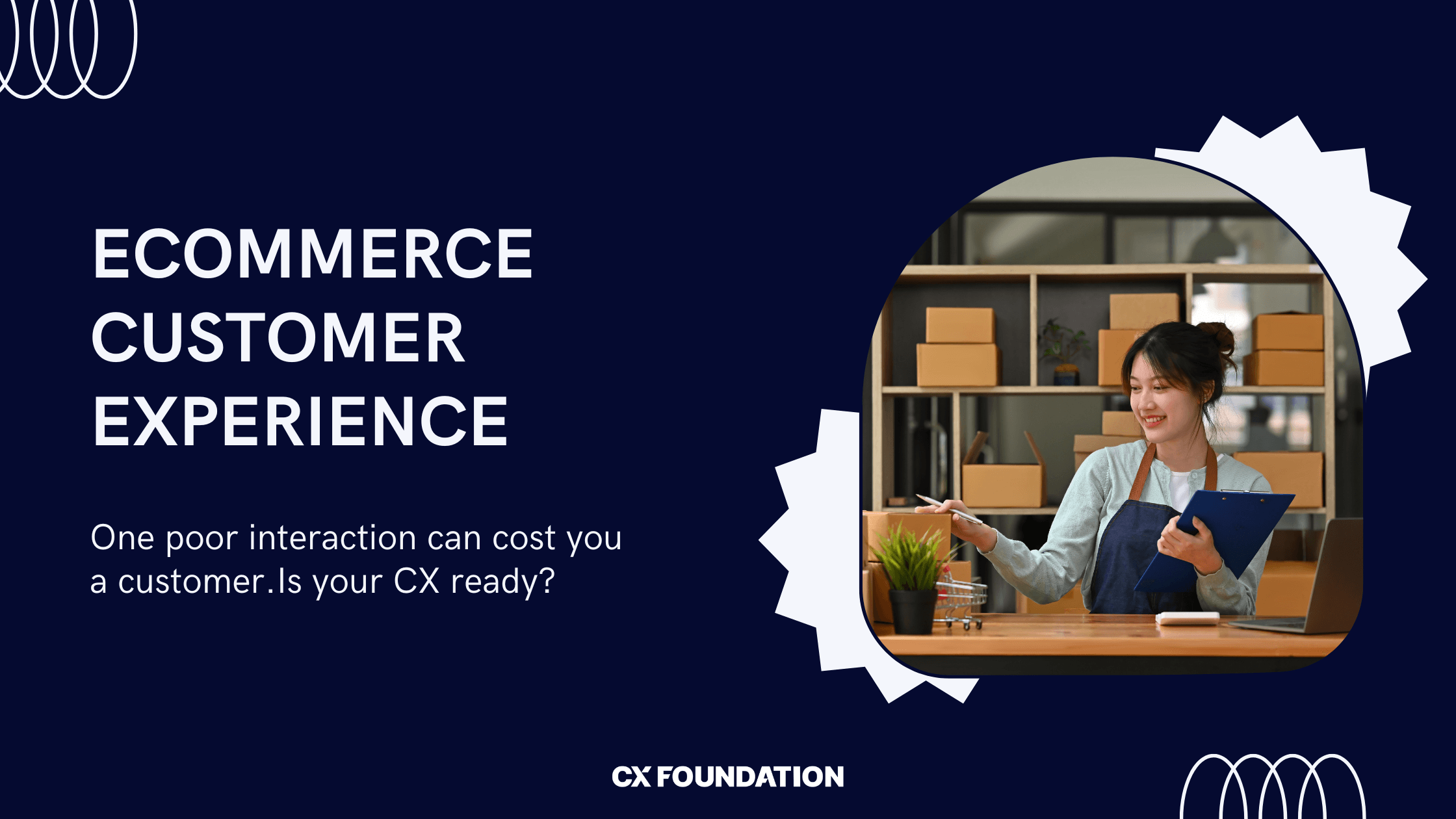
Ecommerce customer experiences trump great products and competitive prices when it comes to securing lifelong customers. Experience is the final frontier that determines who sticks with you in the long run, as each and every digital touchpoint sets how shoppers see your brand. Customers who get that personalized and seamless journey are likely to convert, return, and recommend your brand.
73% of customers say that customer experience (CX) is the priority that drives their purchase decisions.[*] Ecommerce demands speed, intuition, automation and consistency across every device, your customers’ attention is fleeting when their choices are endless. Brands that do not invest in CX die, while those that do outpace and outlast their competition in retention and revenue.
What Is Ecommerce Customer Experience?
Ecommerce customer experience (CX) is the total package of every interaction your customer has with the online store (first visit to post-purchase customer support). How easily they can find products, how they understand your value proposition, how they complete purchases, how your automation strategy blends all that together and how they get help when needed: all of these factor in.
Strong ecommerce CX is more than meets the eye and the physical wrappings. It’s about removing any source of friction, making customers feel delighted and surprised in the best way possible, while delivering a retail customer experience so consistent at every stage that customers feel supported every step of the way.
Core Components of Ecommerce CX
Do not neglect these critical elements that built up the Ecommerce CX that drives your operation:
- Navigation & Mobile Optimization: Customers demand seamless experiences regardless of the device they happen to find you on. You need to consider formulating intuitive menus that prioritize mobile responsiveness and fast load times. Otherwise, you risk higher bounce rates and lost customers
- Crystal-Clear Product Descriptions and Visuals: Be sure to use high quality and honest images that support 360° views. Website copy is not something to ignore, as transparent and detailed product information puts customers at ease as they make informed decisions. The goal is to reduce returns and increase satisfaction
- A More Frictionless Checkout Process: Simplify your forms wherever possible, include guest checkout for customers on-the-go, these days customers need multiple payment options. And the secret MVP that reduces cart abandonment is autofill. Customers want to get in and out as soon as possible
- Customer Service Channels that Resonate: If you’re not offering support through the channels your customers are most accustomed to (live chat, email, phone, and social platforms), you’re losing out on hard-earned cash. Customers will leave if they feel unwelcome and channels they love are an easy win
- Post-Purchase Experiences that Retain: Tracking updates, finding return instructions, and contacting your teams should not be a chore. Be sure to do follow-up surveys to find new ways to build consumer trust and long-term loyalty
- Personalization is King: Customers demand personalization each step of the way, have it be personalized product selections, email flows that feel targeted and relevant, or even customized offers based on the way they shop and communicate with you. Studies show implementation of these techniques leads to 20% higher conversion rates[*]
- Transparency is Everything: Customers need to know your return policies, they need accurate delivery timelines that don’t let them down, and many say that secure payment badges establish credibility and make it more likely for them to pull the trigger and buy something from you. A study from Baymard showed that a trust badge can raise your conversion rate by up to 42%[*]
Why It’s Important to Improve Ecommerce CX
Ecommerce CX is something that demands continual improvement and refining, to neglect your CX is to lose your competitive advantage. We’ve listed a few core reasons why you need to keep your eyes on the ecommerce CX prize:
- Increased loyalty: The equation is simple: a better experience = more repeat purchases. 86% of customers say they will repurchase from brands that provide worthy customer experiences over those that just provide simple services[*]
- Higher conversions: A recent study found that optimization of your checkout user experience means getting a boost of up 35% in conversion rates.[*] Do not give your customers an excuse to abandon their carts, make sure you streamline the buying process to the very last click
- Word-of-mouth & referrals: Positive reviews are a driving factor for organic growth. The numbers do not lie: customers who have a great and positive experience with your brand are 3 times more likely to recommend it to family and friends[*]
- Lower acquisition costs: Retention is more cost-friendly and overall preferable to working to acquire a new customer. Studies show that it’s 5 times (yes, 500%) cheaper to keep a customer than to find a new one.[*] Your experience-focused retention pays itself over time and quickly
- Brand differentiation: The market you exist in is likely to be saturated if it already isn’t. CX is something that ultimately trumps price brackets or feature sets. Your customers want memorable experiences and that becomes a competitive edge. Do not let yourself become interchangeable.
Current State Analysis: Where Most Ecommerce CX Falls Short
Ecommerce CX at this given moment is mired by challenges and opportunities that companies keep missing. Yes, the online retail industry is growing post-pandemic, but ecommerce CX efforts are stagnant. This is owed to a lack of seamless and effortless experiences that customers have come to expect. Forrester themselves show that CX quality is going down as brands just fail to give customers cohesive journeys across their favorite platforms.[*]
The 2024-2025 CX Reality Check
So how exactly did we get to this nadir in CX quality:
- Customers are disappointed in digital interactions: It’s clear that customers will bolt the minute they are inconvenienced, yet many e-commerce platforms and sites still continue to give rough navigation, uninspiring designs, and mediocre problem resolution options to customers[*]
- Customer service investiture is down because of the economy: In these turbulent times, companies think they can save by whittling down CX budgets, this means understaffed teams and service that just disappoints all-around[*]
- Tech implementation without strategy: Businesses are buying tools they do not understand or even know how to integrate within their teams, leading to fragmentation in CX and wasted money[*]
- Cross-channel consistency is at all-time lows: Customers want to use multiple channels (think sites, apps, socials, and even stores) to do what they need to do and any inconsistencies they face lead to frustration and abandonment
These pain points are what’s siphoning trust and loyalty away from your brand in a time where your competitors have never been more ready to pounce.
Most Common Failure Points
We’ve outlined below the most common failure points through our own research and experiences on both sides of the coin:
Website and Technical Issues:
- Slow loading speeds: Ecommerce sites experiencing slow load times see up to a 40% increase in bounce rates, meaning that customers leave before making a purchase or engaging further[*]
- Poor mobile optimization: 79% of shoppers use mobile devices, if you don’t optimize websites for mobile, then say goodbye to potential sales and hello to widespread negative brand perception[*]
- Deficient search functionality and product discovery: Terrible search engines harm your customers’ ability to select and seek out their desired products quickly. Carts go abandoned and bounce rates go up.
Customer Service Gaps:
- Chatbot limitations: Bots can handle routine inquiries, but their current lack of nuance is easy to see through for some customers who will feel annoyed or ignored that they’re not dealing with a flesh and blood associate
- Inconsistent response times: Customers need answers fast and at their own leisure and companies are not giving them that at all. Slow service on different platforms, different policies and answers at physical and digital retail operations, they all come together to one thing: lost customers
- Lack of personalization in support: Support interactions tend to feel generic, your customers want to feel like they're the only people you’re dealing with even if they know that’s not true. If they think you think they’re just another sales unit, they’re going to think the same back. You’re just another retailer
Post-Purchase Neglect:
- Limited order tracking and communication: Customers want real-time updates on their purchases, it’s not enough to close the deal. 93% of your customers are excited about getting their products, maybe even anxious enough to churn if you don’t give updates[*] Being there for them transparently is the goal.
- Complicated return processes: Difficult and confusing return policies pretty much nuke your chances at getting repeat business[*]
- Missed retention and upselling opportunities: Do not leave the emotional work of deepening a relationship (and therefore your customers’ lifetime value) to chance. Go out there and engage after the fact, the transaction should not be the end of your ecommerce CX story
How to Measure Ecommerce Customer Experience Success
A structured approach to measurement is your golden ticket to tracking ecommerce CX performance in a way that lets you spot trends and build out a feedback loop to turn data into action items and get the job done. Here’s a few KPIs to watch out for as well as some insights on frameworks and implementation:
Key Performance Indicators (KPIs)
Customer experience KPIs are the lifeblood for your CX measurements, the following metrics are your direct eyeline view of customer satisfaction, loyalty, operational effectiveness and user behavior. Track them consistently to find friction fast and actually benchmark where you are at every step:
- Customer Satisfaction Score (CSAT): Measure how satisfied customers are with a specific interaction or the overall experience
- Net Promoter Score (NPS): Gauge customer loyalty by asking how likely they are to recommend your brand
- Customer Effort Score (CES): Assess how easy or difficult it was for a customer to complete a task or resolve an issue
- Cart abandonment rate: Uncover how often customers leave items in their cart without completing the purchase
- Return rate: Find out how frequently customers send products back, often reflecting dissatisfaction or unmet expectations
- First response time: Track how quickly support teams respond to initial customer inquiries
- Repeat purchase rate: Measure the percentage of customers who make more than one purchase
Analytics and Reporting Framework
Your raw scores are useless without any context. Leverage platforms like Google Analytics, Hotjar, and Mixpanel to map out customer behavior, eliminate potential bottlenecks, and visualize where you can convert. Qualitative sources like chat logs and surveys are the “why” behind these numbers you labor to collect.
Segmentation of customers via the journey stage these customers are at (first-timers or recurring customers) is key to finding unique patterns and trends to refine existing product lines and operational policies. The use of benchmark data, like industry-standard NPS scores or even the average rate of abandonment, is what you need to put your performance in context and find what needs to be done now (and tomorrow).
Feedback Loop Implementation
So you’ve measured out what you needed to and it’s time to act, now what? Implement always-on feedback loops to refine and renew the customer experience at a continuous clip. This means automatic surveys after they buy, real-time sentiment tracking, and auditing regularly how your support interacts with customers.
Platforms like Chattermill and Qualtrics will surface together what actionable insights exist. Maintain a backlog for your CX improvement, find who owns what, and track changes periodically to outperform competitors and uncover customer needs faster.
Top Challenges in Ecommerce Customer Experience
Friction is everywhere: identifying and addressing your most common CX challenges is needed to remain competitive and to stem customers from churning you out. Here are a few of the most pesky hurdles ecommerce brands run into and how to eradicate them:

Cross-Channel Inconsistencies
Here’s the problem: customers want a unified experience, but many ecommerce brands just do not know how to deliver that level of consistency across desktop sites, social platforms, and their mobile apps. Layouts for design, pricing, and messaging tend to vary which leads customers to wonder what is exactly true and from there brand trust goes down. On top of that, fragmentation of your systems makes it hard for your staff to get one singular view of your customer, making it a nightmare to personalize for and support them properly.
Solution: Integrate a centralized customer data platform (CDP) to better align your brand's guidelines on every digital channel. Salesforce CDP and Segment are market leaders at unifying customer profiles. On top of that, consistent design from day one leads to a coherent brand presentation.
Support Gaps and Frustrations
Your customers will not forgive slow response times, limited product and support availability, or any unclear self-service options. This goes double for urgent issues or any order-related questions. Do not let a lack of transparency around refunds, shipping delays, and returns lead to customers cutting you off for good.
Solution: Omnichannel support, whether it’s from live chat, email, SMS, and even social media, is a must. Chatbots are here to take on the more common queries and be sure to actually put money and brain power into help center content that lets your customers solve their own issues.
Trust and Privacy Concerns
Your customers will not trust you if you lack consistency or even bury your shipping and return policies. On top of that, your customers need to know that their data privacy is one of your top concerns. If they don’t feel that way, they will not complete the purchase. Data breaches make headlines on a regular basis, and customers are warier than ever about whom they trust with their information.
Solution: Transparency is your north star: display your policies before and during checkout. Enable trust badges, SL certificates and open information about what data you’re collecting from customers.
How to Improve Ecommerce Customer Experience
The key to improving ecommerce CX is finding out customer needs early and cutting down on any friction they might have getting those fulfilled while having room to surprise and delight them. The following strategies will assist you as you shape a customer journey so trustworthy it encourages loyalty and boosts a customer’s lifetime value:
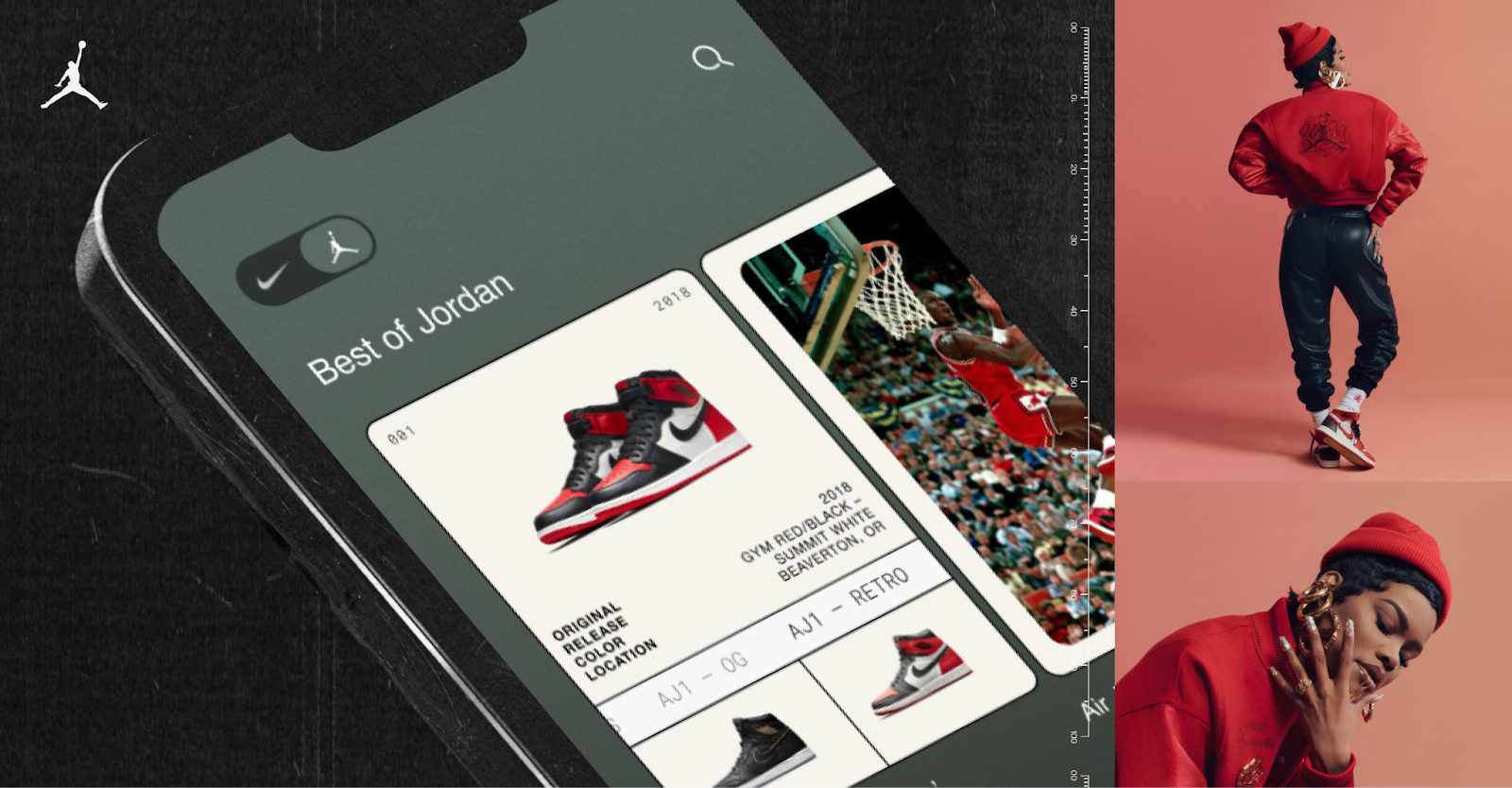
1. Personalize the Shopping Experience
Customers want you to understand their preferences the first time around and this means tailoring your experiences to illustrate that you just “get” it. A great example is Nike, who leverages user app data to personalize product feeds and send out specific promos to customers based on how frequently they buy and how they browse on the app.
2. Streamline Checkout and Fulfillment
Clear and quick checkouts seal the deal and boost conversations. Shorter your forms, give customers the chance to express checkout, and be sure to highlight and show shipping times and return policies to come off as transparent and customer-centric.
3. Deliver Proactive Customer Service
Customers will get frustrated at some point in the journey, but that doesn’t mean you should sit around and wait for that to happen. Brands like Glossier actually alert users to shipping delays and even send out restock alerts for customers bummed out that they missed a shot at a hot product. Consider using AI chatbots as part of your FAQ strategy, enable live chat for the more tougher problems, and set up notifications that don’t annoy users but allow them to enjoy shopping with you.
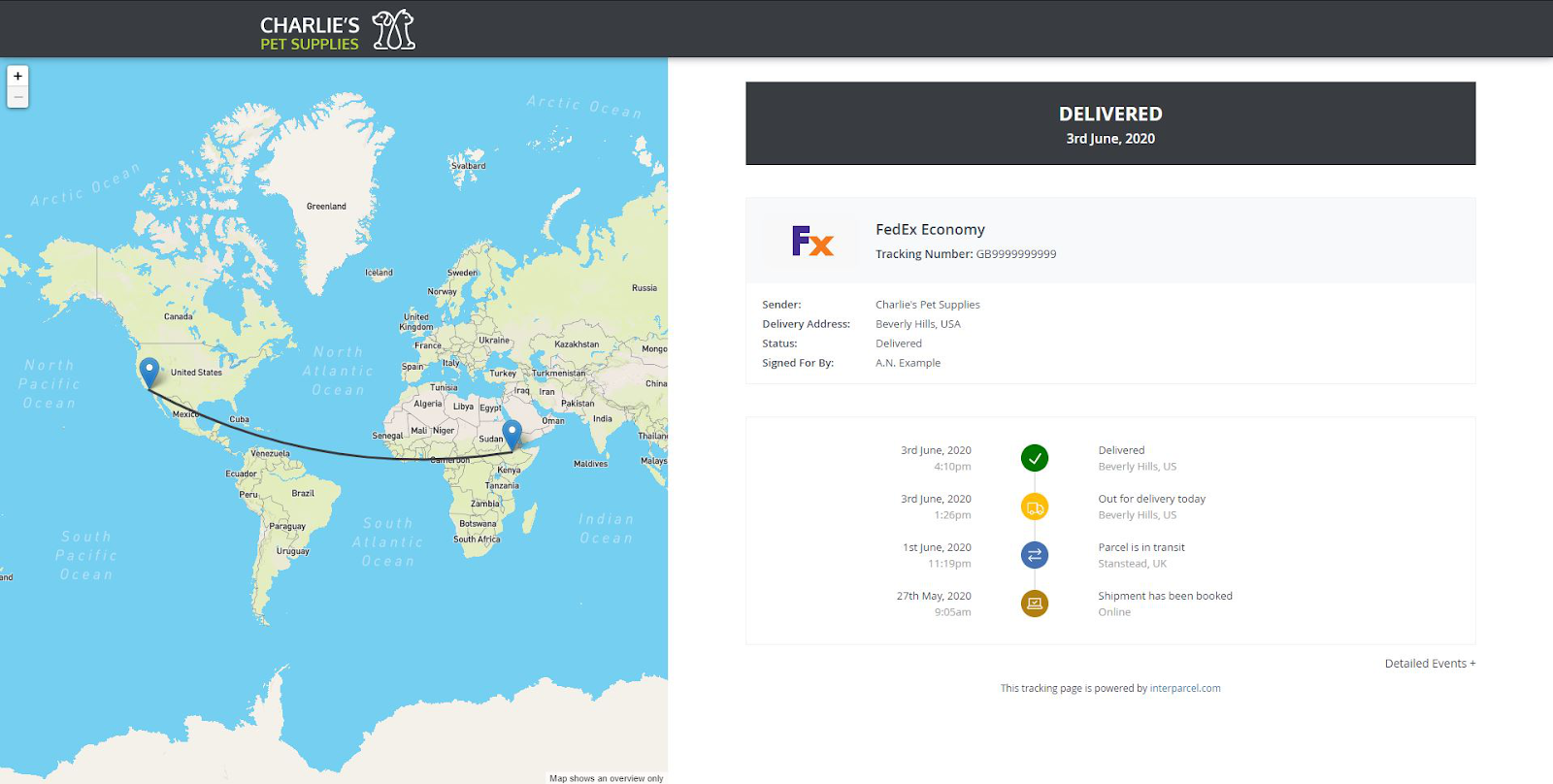
4. Enhance Post-Purchase Experience
The best companies set out to be helpful even after the sale closes. Brand your tracking pages, make your returns so easy a dog could do it, and be sure to follow up when you can. Review or loyalty program invitations make customers feel welcome and allow you to find upselling opportunities or potential bottlenecks for your service teams.
5. Create Consistent Omnichannel Touchpoints
Your customers want one singular vision of you and part of that vision is being trustworthy AND consistent. Be sure to alight your messaging and visuals across any and all platforms. Customer profiles need to support cross-device utility and personalization: if your customer is getting one feature on the mobile app, your website needs to carry that over stat.
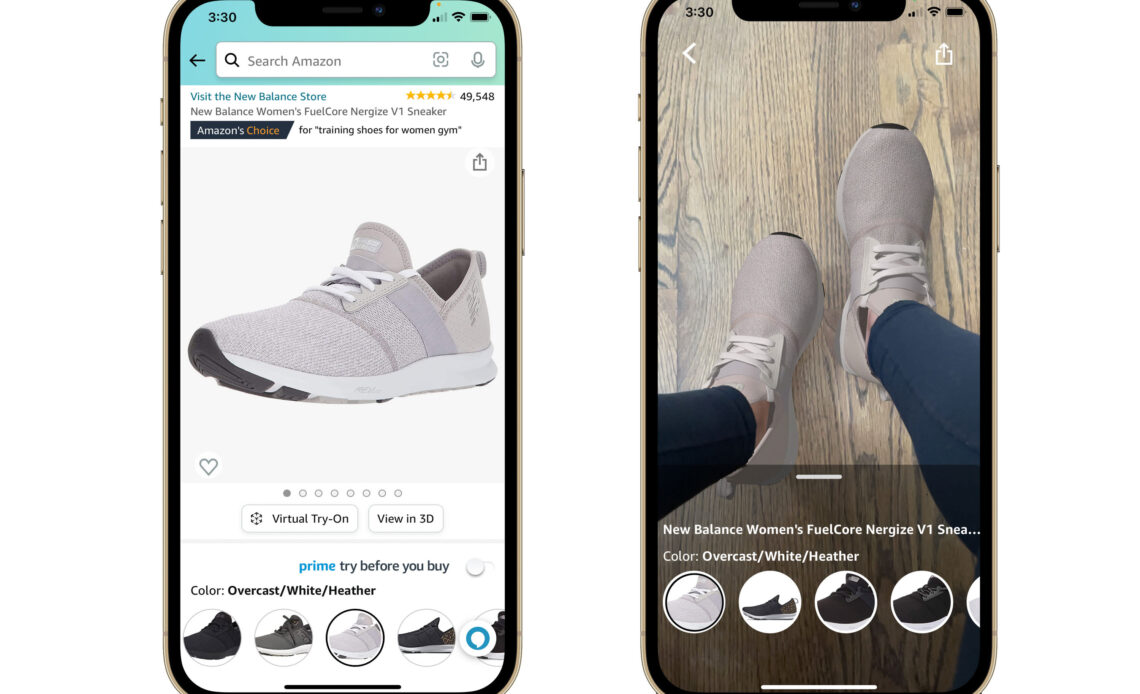
6. Don’t Sit on Emerging Technologies, Use Them
Virtual try-ons powered by augmented reality (AR) allow customers to see exactly how a product can fit into their lives, be it a new pair of glasses or possibly how a desk may fit into a room. Be sure to implement AI-enabled search to ensure customers find what they need faster or get recommendations that add flair and functionality to their user experience.
Examples of Excellent Ecommerce Customer Experiences
The following examples are people who are crushing it at ecommerce CX, these people know that serving boring and clunky experiences is poisonous to outcomes. See what they’re doing to nail personalization and seamlessness:
Amazon
Amazon is a leader in ecommerce CX and remains one through its commitment to using AI to give the most personalized shopping experience possible. Customers get tailored product recommendations given by analysis of their browsing and purchase history. Amazon knows what customers want before they even want it, and they make it so easy to buy things with a one-click checkout and extensive user-generated customer reviews.
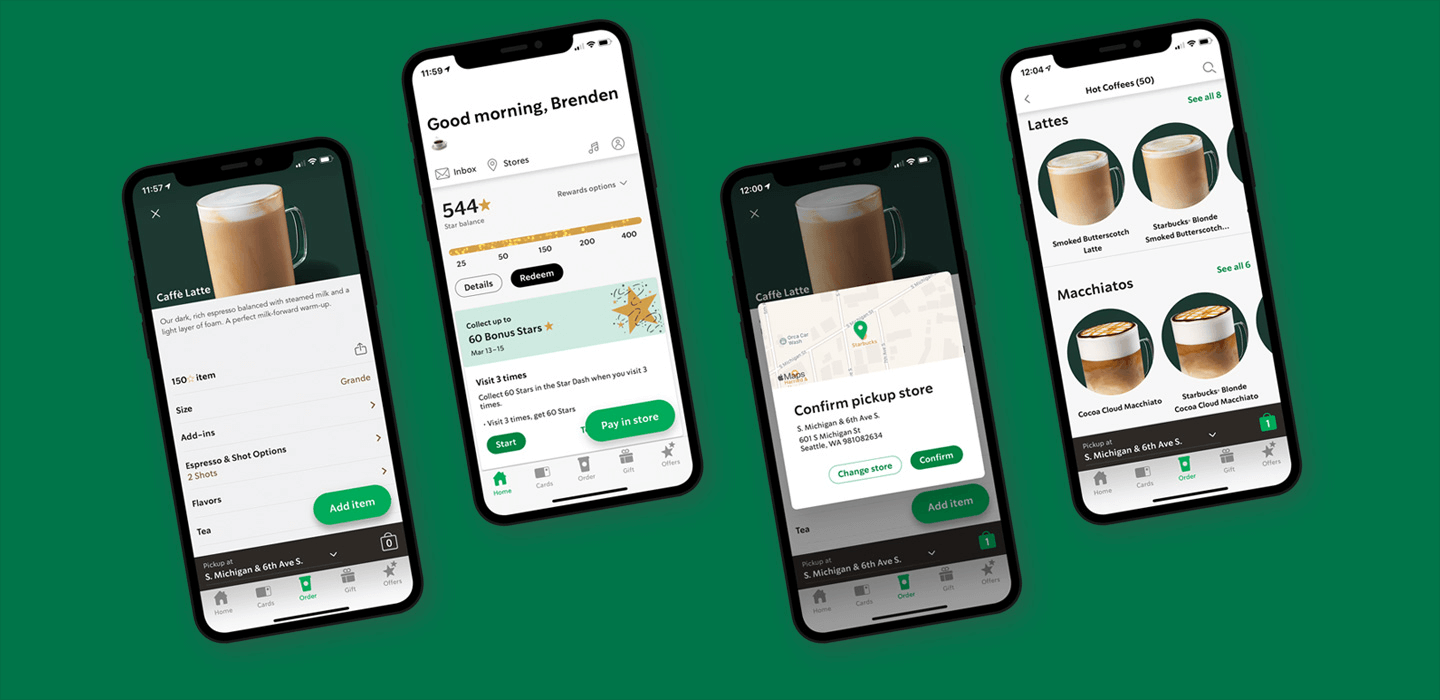
Starbucks
Starbucks is killer due to its gamified rewards program that pretty much creates a well of endless customer engagement. This app allows users to track their points, order ahead and skip the lines, and access personalized offers that really get them to spend even more. Interactive challenges and specific reward days make their CX a breeze and fun enough to come back to.

Glossier
Glossier is exemplary at omnichannel customer support, pinging customers everywhere from social media DMs to even FaceTime should they need to. Their CX is not a joke, they personalize everything, even sending samples based on previous buys and existing skin concerns customers tell them. Transactional activity creates a relationship at Glossier.

Lululemon
Lululemon are masters at bridging the divide between an in-store and online purchase. Physical store staff know the product and even use it to provide personalized assistance and advice on best fit. Online, the website is so easy to use and even has a live chat for any immediate and pressing questions. Lululemon tops this off by partnering with trusted fitness experts to give free workouts fostering a culture.
Tools and Platforms to Enhance Ecommerce CX
Hitting the marks and giving customers a seamless and tailored ecommerce CX journey means employing the best possible tools. It doesn’t matter if you’re trying to comprehend customer behavior or act on existing feedback to better hone their journey, if you don’t have the right tech stack: you’re shooting blind.
We’ve grouped some of the most powerful tools by their functionality for your convenience below:
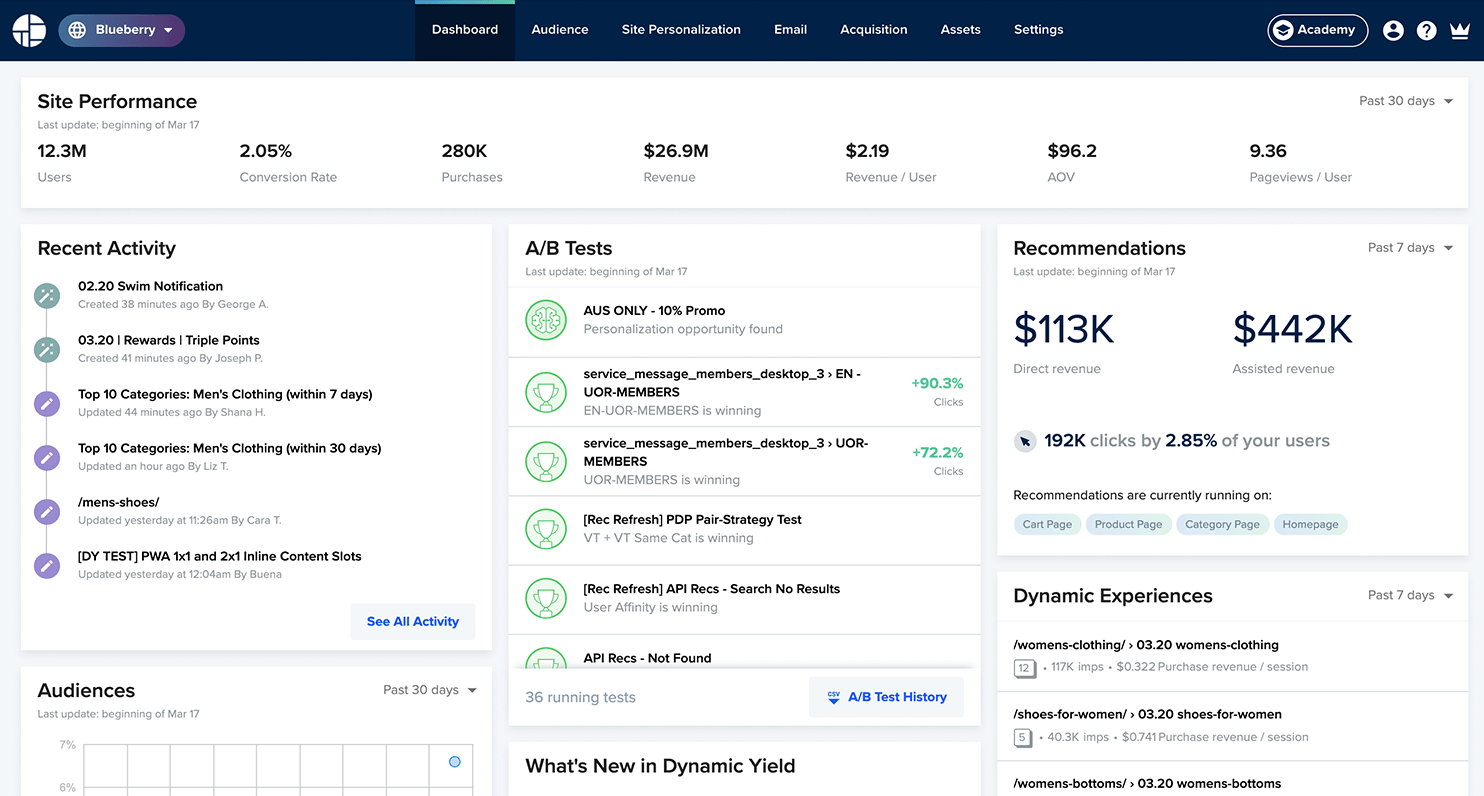
Personalization Engines
Personalization engines are the secret sauce behind cutting together an ecommerce experience to each and every customer using their behavior, preferences, and existing data. These engines will power your product recommendations, any dynamic content you have in mind, and even personalize promotions to customer taste and potential sale:
- Dynamic Yield: A personalization platform that helps ecommerce brands deliver tailored product recommendations, content, and offers across web, mobile, email, and kiosks.
- Nosto: An AI-powered tool for delivering personalized shopping experiences, including product recommendations, pop-ups, and content personalization based on real-time shopper behavior.
- Algolia: A lightning-fast search and discovery API that enables ecommerce sites to provide relevant, typo-tolerant search results and filters for a smoother shopping experience.
- Salesforce Commerce Cloud: An enterprise-level ecommerce platform that combines AI-driven personalization, omnichannel order management, and marketing automation to improve customer journeys.
- Bloomreach: A digital experience platform that unifies product search, merchandising, content management, and SEO to drive revenue and deliver consistent ecommerce experiences.
- Segment: A customer data platform that collects, unifies, and routes customer data across tools, enabling highly personalized ecommerce experiences and better decision-making.
- Clerk.io: A personalization engine for ecommerce stores that offers intelligent search, product recommendations, and automated email content to boost conversions and retention.
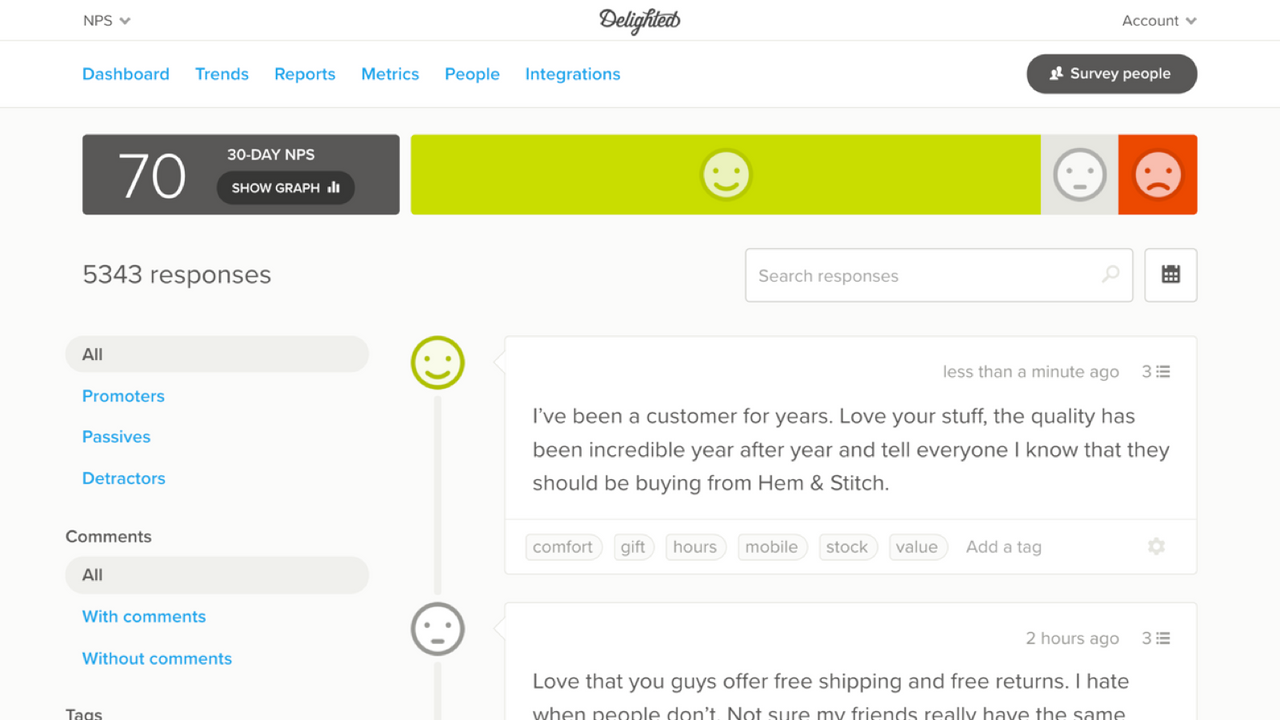
CX and Feedback Platforms
CX and Feedback platforms are tools that analyze, aggregate, and assist the way you work with customer feedback. Imagine these tools as the batteries to your surveys, customer satisfaction tracking parameters, voice of the customer programs, and any analysis of sentiment you do to guide your CX optimization efforts:
- Qualtrics: An advanced experience management platform that helps ecommerce businesses collect and analyze customer feedback to improve satisfaction, loyalty, and conversion rates.
- Medallia: A powerful customer experience platform that captures feedback across channels in real time and uses AI to uncover insights and drive action across the customer journey.
- Zendesk: A popular customer service solution that enables ecommerce teams to manage support tickets, live chat, and knowledge bases, enhancing response times and customer satisfaction.
- SurveyMonkey: An easy-to-use survey platform for collecting customer feedback, reviews, and insights to inform ecommerce experience improvements and product decisions.
- Delighted: A lightweight customer feedback tool that helps ecommerce brands measure NPS, CSAT, and CES via email, web, or SMS to monitor satisfaction and identify pain points.
- Chattermill: An AI-driven platform that analyzes qualitative customer feedback at scale—like reviews, surveys, and support tickets—to reveal themes and sentiment trends across the ecommerce experience.
- InMoment: A customer experience optimization platform that combines feedback, behavioral data, and sentiment analysis to help ecommerce brands improve customer retention and lifetime value.
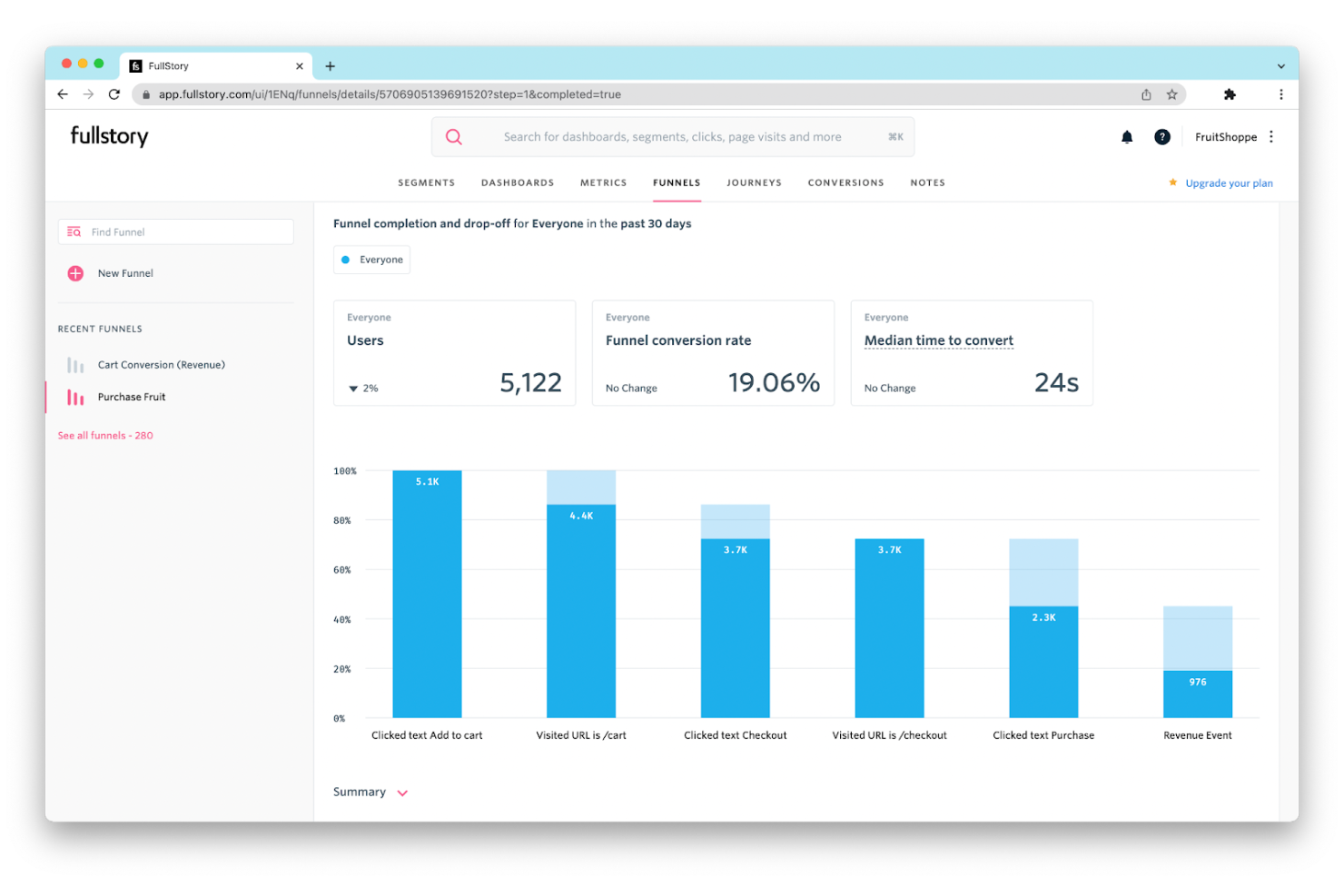
Journey Analytics and Optimization
Last but not least, we have journey analytics tools for tracking just how users will choose to interact with your site. These tools underscore points that lead to friction, ultimately optimizing your user flows to increase conversations. These combine both qualitative and quantitative data to give you the clearest image of what’s actually happening and what needs to be done:
- Google Analytics 4: Google’s next-gen analytics platform that tracks customer behavior across devices and channels, with event-based reporting and predictive insights for ecommerce optimization.
- Mixpanel: A product and behavioral analytics tool that helps ecommerce teams understand how users interact with their site, track conversions, and uncover drop-off points in the customer journey.
- Hotjar: A visual analytics platform offering heatmaps, session recordings, and on-site surveys to reveal how users navigate your ecommerce store and where they get stuck.
- FullStory: A digital experience intelligence tool that captures every user interaction—clicks, scrolls, errors—to help ecommerce teams detect friction, optimize flows, and enhance UX.
- Heap: An auto-capturing analytics tool that records every user interaction without manual tracking, making it easier to analyze customer behavior and improve ecommerce conversions.
- Contentsquare: A digital experience analytics platform that provides journey mapping, zone-based heatmaps, and AI insights to help ecommerce teams improve UX and reduce bounce rates.
- Amplitude: A powerful product analytics platform that helps ecommerce businesses identify key user behaviors, segment audiences, and run experiments to drive growth and retention.
FAQs
Customer service is reactive help, like answering questions or resolving issues. Ecommerce CX covers the entire journey, including design, usability, fulfillment, and proactive engagement.
You can start seeing improvements like higher conversion rates or CSAT scores within weeks of optimizing major friction points. Larger CX initiatives may take 3 to 6 months for full impact.
Look for red flags like high cart abandonment, low NPS/CSAT, rising return rates, or poor mobile session engagement. Collect direct feedback and compare against industry benchmarks.
Imagine a mobile site that loads slowly, hides return info, offers no live support, and sends vague shipping updates would frustrate shoppers and increase churn. No one wants that.